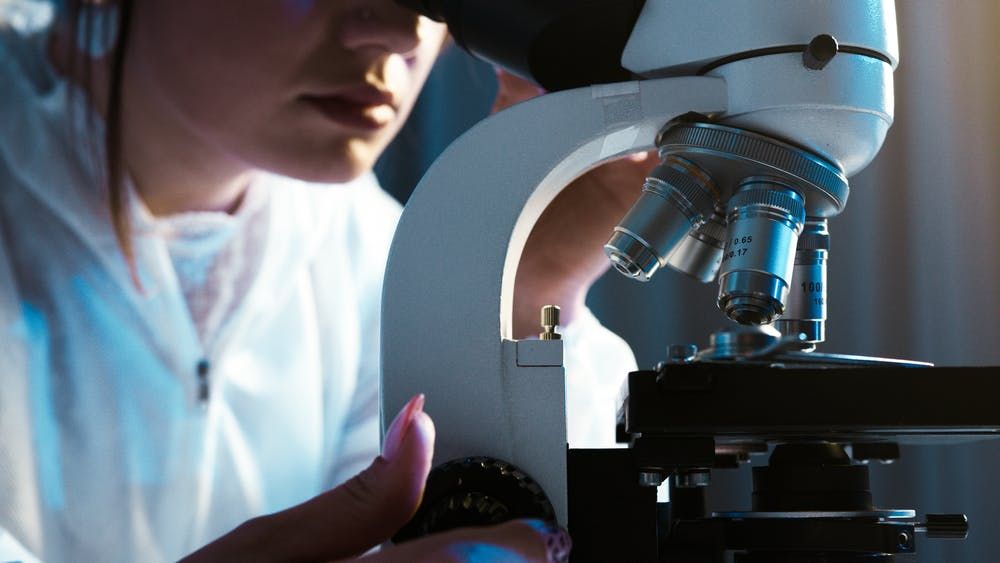Tricking the Coronavirus With Peptides
SAP1 and SAP6 were found to inhibit a SARS-CoV-2 infection.

Investigators from the Ohio State University have found a way to trick the coronavirus disease 2019 (COVID-19) into binding onto a fake ACE2 receptor so that it cannot infect cells. The findings were published in the journal Bioconjugate Chemistry.
"Our goal is that any time SARS-CoV-2 comes into contact with the peptides, the virus will be inactivated. This is because the virus Spike protein is already bound to something that it needs to use in order to bind to the cell," Amit Sharma, co-lead author of the study and assistant professor of veterinary biosciences at Ohio State said. "To do this, we have to get to the virus while it's still outside the cell."
Because the SARS-CoV-2 virus uses ACE2, a receptor protein on a target cell's surface found in the lung and nasal cavity, as an access point for infection, investigators wondered if they would be able to develop a replica in which the virus would bind to instead of the real one. COVID-19 binds extremely tightly to ACE2, which is one of the reasons the disease is so infectious.
To do this, the team examined images of the SARS-CoV-2 spike protein and the ACE2 receptor, looking precisely at how they interact with each other and what is required for them to lock into place. They found a small, ribbon-like tail which seemed to be the focal point of attachment.
They then tested different protein fragments, called peptides, to see which ones had a secure bind with the COVID-19 spike protein, as well as an ability to prevent or lower the viral replication inside of cell cultures. They found that 2 of the peptides, one with a large contact point and one with minimum points, were able to do this.
"Most of the peptides we designed are based on the ribbon contacting the Spike," Sharma, said. "We focused on creating the shortest possible peptides with the minimum essential contacts."
These findings are the beginning to a product-development process which will be continued by other virologists and pharmaceutical chemists to try and elaborate on them and find ways to implement them in the fight against the disease.
"We are taking a multipronged approach," Sharma said. "With these peptides, we have identified the minimal contacts needed to inactivate the virus. Going forward we plan to focus on developing aspects of this technology for therapeutic purposes.”


















